“This is Brit Lit, it’s not meant to be diverse.”
Maybe you don’t teach British Literature, but this sentiment is one that I hear time and time again. When the term culturally responsive is introduced, the automatic assumption is to incorporate more books about Black people, women, Hispanics, and LGBTQ+ people. While this is not completely incorrect, there is so much more to creating culturally relevant experiences in the classroom.
The term culturally relevant is made up of two words, culture and relevant.
Culture is NOT just race and ethnicity. Culture is a person’s beliefs, traditions, expectations, and norms. Culture is about the tangible and intangible aspects of a person. Relevance is about current times and current interests.
Essentially, culturally relevant practices encourage a teacher to use the culture of the students to create relevant learning connections in the classroom. Making these connections increases student engagement, retention, and academic achievement.
Each student is diverse; culturally diverse. It does not matter if all the students in a classroom look the same. It doesn’t matter if all the students in a classroom identify in similar ways. Students, like snowflakes, are unique and nuanced.
So, how do you create lessons that are culturally relevant in British Literature, or any other literature class? There are three ways to naturally make this transition:
- Intentionally incorporate perspective
- Ask and answer the anchor questions when designing lessons
- Pairing texts with similar themes
Perspective in the Literature Class
When planning for a novel study, it is important to intentionally incorporate perspective. Start by considering the time period, the characters, and setting. For example, you’re planning to read Emma by Jane Austen. This story takes place in 19th century England. Characters include Emma, Mr. Churchill, Harriet, Mr. Elton, Jane Fairfax, and several others. Now, determine what or who is missing from this story. What other types of people were alive during this time, but were not included in this book. Think race, gender, socioeconomic status, etc. Then, have students consider how omitting this perspective impacts the overall understanding of the message, peoples, and motivations of the time. Help students to see both sides of the impact.
Another great way to bring in perspective is through viewing the film adaptations of a novel. Have students consider how the message changes slightly, or how the message delivery changes based on the medium, but also the time period of the filming. There are several film versions of Emma, as well as the 1995 adaptation, Clueless. You can check out a resource I use for film and text comparisons HERE.
These Three Questions
The second way to naturally make your literature class culturally relevant is by asking and answering these three questions while lesson planning.
- What are my students learning about themselves? The lessons should inspire your students to reflect on their own beliefs, bias, and behaviors. Your students should be gaining insight not only into the thoughts, ideas, and motivations of the characters, but also into themselves.
- What are my students learning about their peers? The class discussions and group projects should allow students to share ideas and perspectives with each other. Sharing in this way helps students to become aware of the diversity of perspectives in their own peer group. It provides an opportunity for students to ask questions, debate, and explore in a safe space. In this way, an understanding and respect for different perspectives can be developed.
- What are my students learning about the world around them? As students read, analyze, and discuss the text, they should consider what else was going on in the world during the time this book was written and/or set. In addition, research around modern events that mirror those of the past should be included. Students can also engage in discussions around how reactions and solutions have changed or remained the same .
For additional clarity around these three anchor questions, check out this blog post on creating culturally responsive lesson plans.
Two Texts are Better Than One
A third way to naturally make your literature class culturally relevant is by pairing texts to bring in context. For example, you can pair a classic British Literature novel with a short story covering a similar theme. Find a short story written by a contemporary or modern author. The key is to use a story from an author, or with characters who identify differently from the novel’s author and characters. It is a bonus if you can find an author or characters that identify similarly to your students.
Creating culturally relevant and responsive novel studies is one of my absolute favorite things to do. It is so much fun to see how I can connect different pieces of life’s puzzle and put them together in a novel study. Watching the enthusiastic class discussions and genuine growth of students through self reflection is incredible.
So, let’s partner together as you create culturally relevant novel studies. Start today with these great resources:


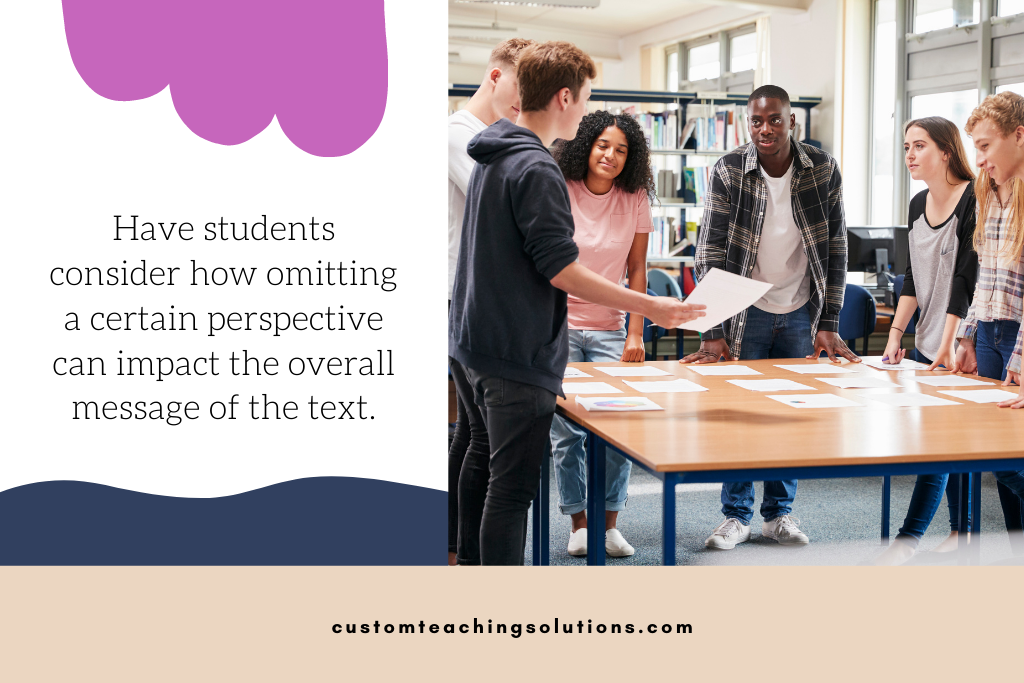
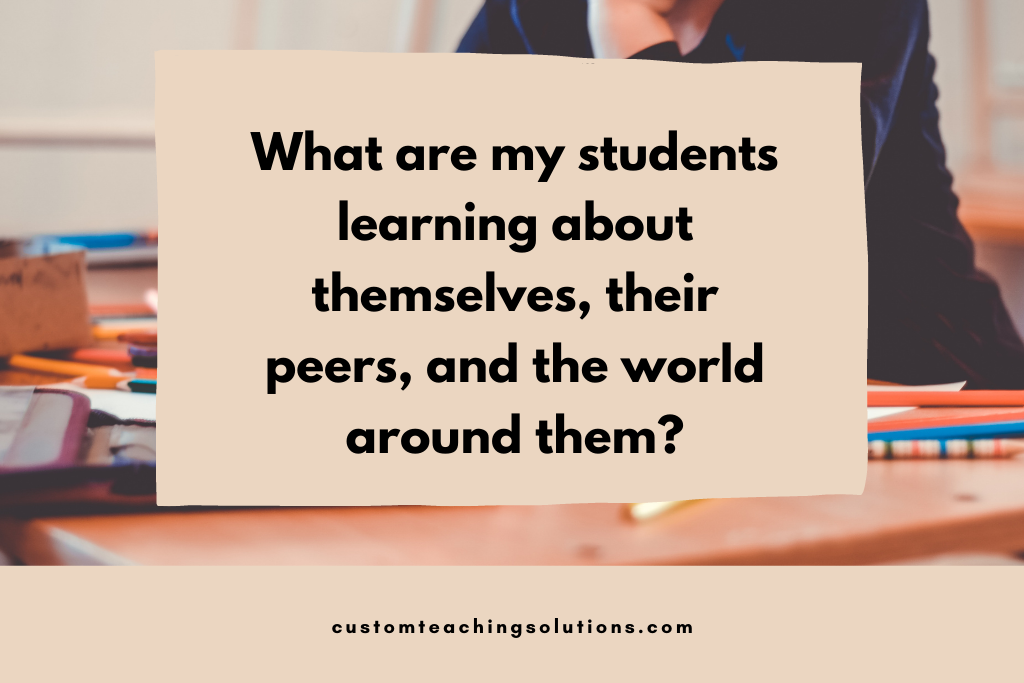
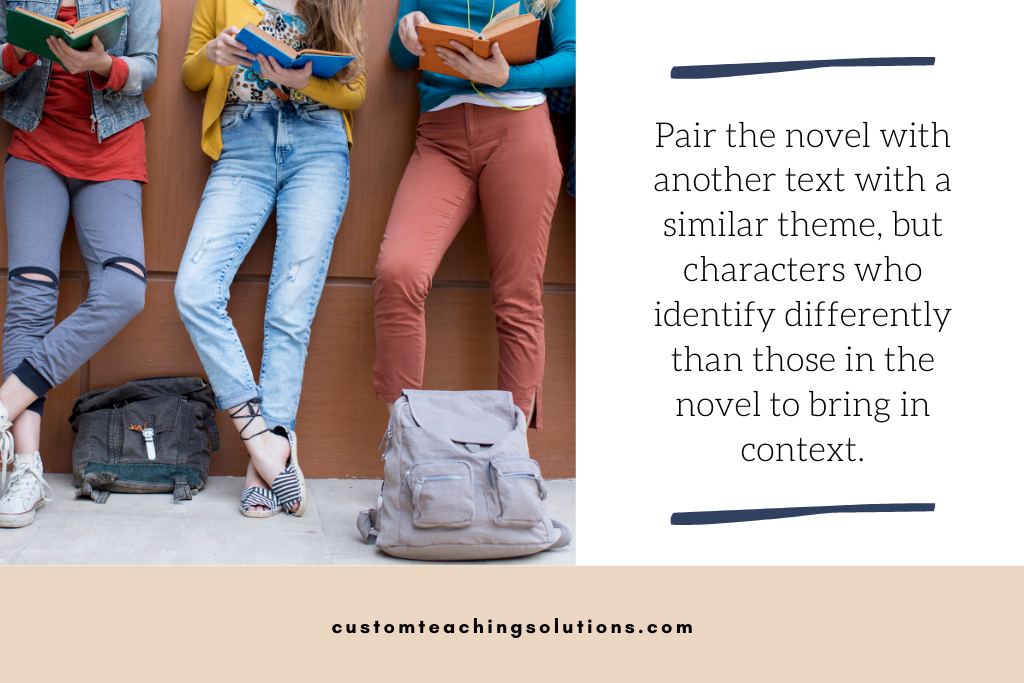


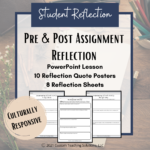
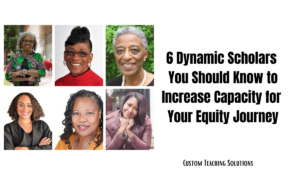

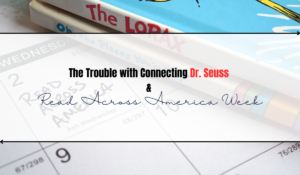
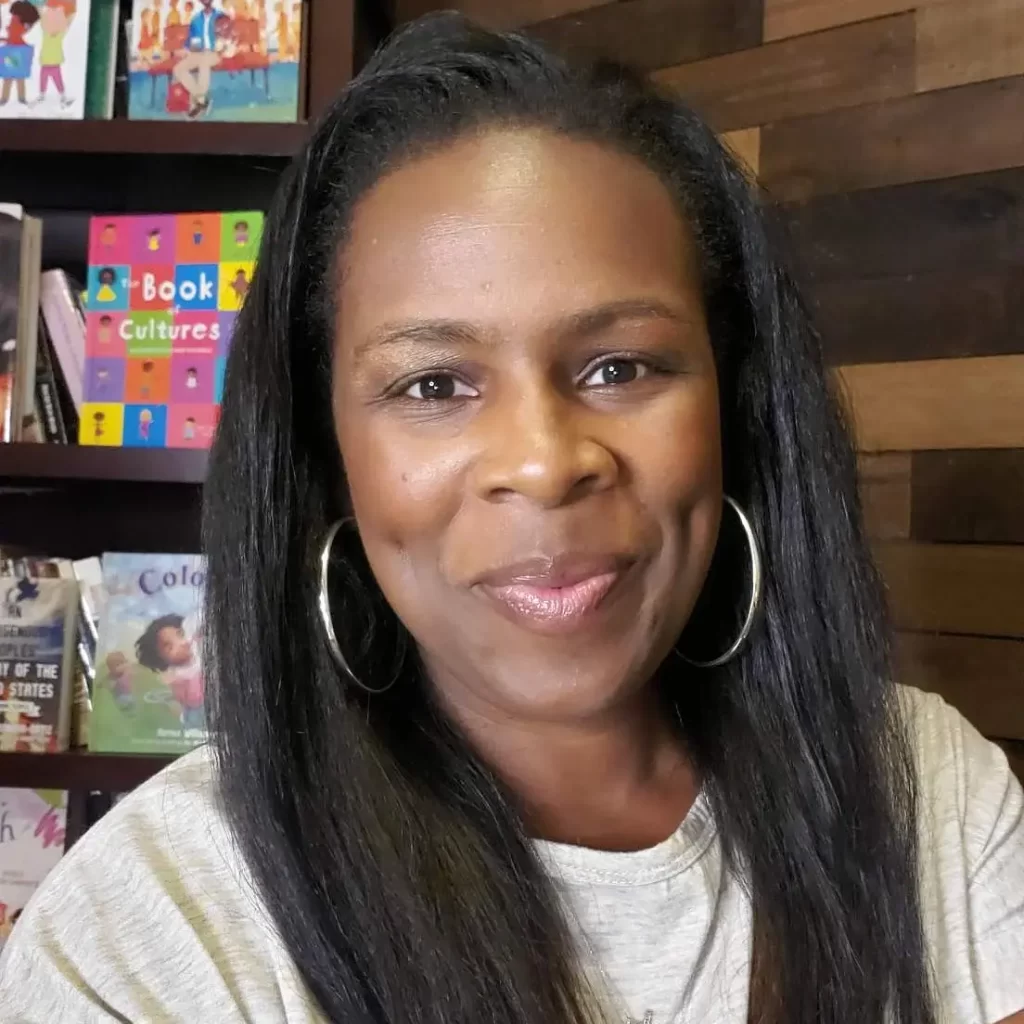
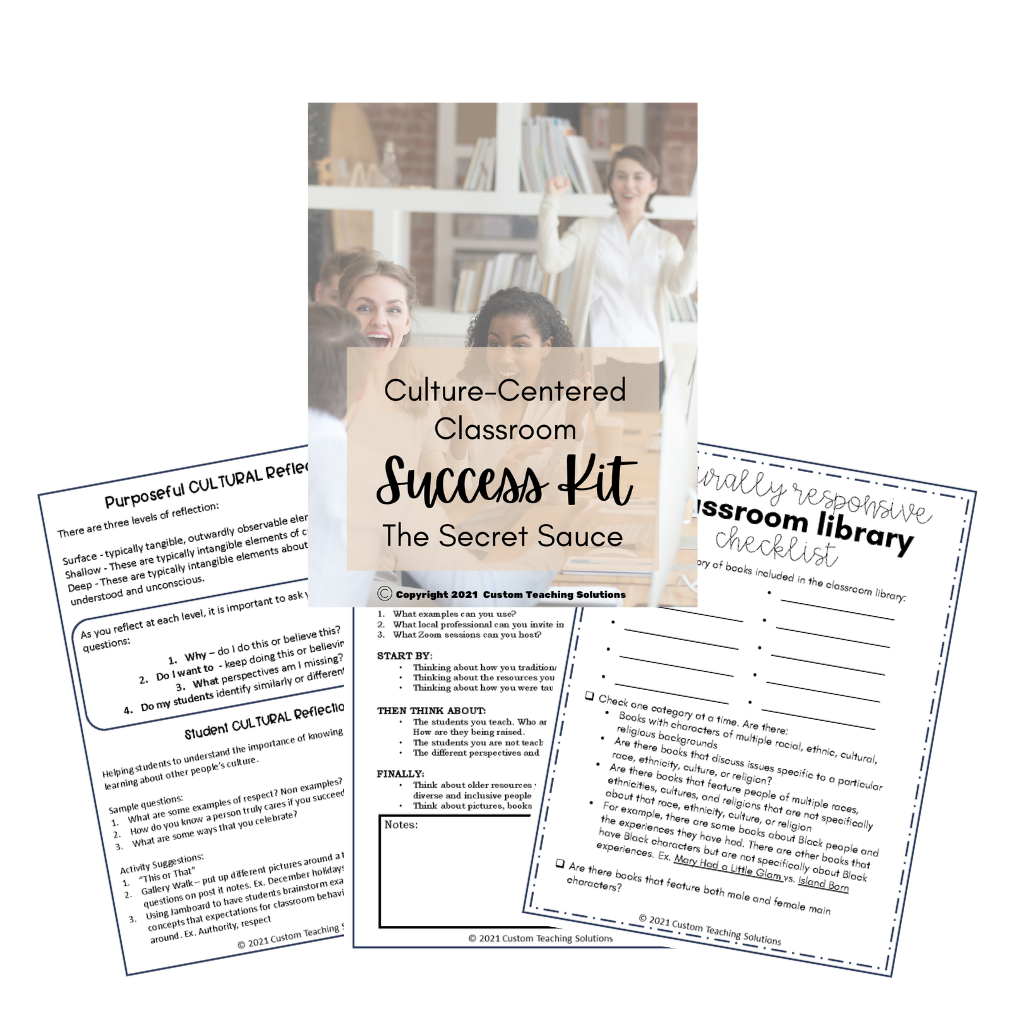
2 thoughts on “3 Natural Ways to Make Any Literature Class Culturally Relevant”
Love this!
Thank you, Jennifer! I love sharing simple strategies that have worked well for me. I hope these help you too!